Description
The Gold Eagle was the first-ever gold coin issued by the United States Mint and originated in 1792 when Congress passed the Coinage Act of 1792. This act established the US Mint and set the parameters for the production and issuance of new American coinage. The Gold Eagle Series was the first circulation gold coin issued by the United States and featured a base value of $10 (USD).
Coin Highlights:
- Issued from 1838 to 1907 in the Liberty Head design!
- Limited availability of certified coins!
- Contains .48375 Troy oz of actual gold content.
- Bears a face value of $10 (USD) backed by the federal government.
- Includes the obverse design of Lady Liberty.
- Reverse features an early rendition of the heraldic eagle of the United States.
The Liberty Gold Eagle is the term used to define the $10 Gold Eagle coins issued by the US Mint between 1838 and 1907. This design was created by Philadelphia Mint engraver Christian Gobrecht in Ancient Greek and Roman stylings. Gobrechts image of Liberty in left-profile relief replaced the original Liberty design known as the Turban Head which was available from 1795 when the coins were first issued to 1804 (depending upon denomination).
On the obverse of Pre-33 $10 Liberty Gold Eagle Coins, you’ll find Gobrechts depiction of Liberty in left-profile relief. The coins feature Liberty wearing a Coronet on her head that reads Liberty on it, with the face value below her bust and 13 stars around her figure.
The reverse side of Pre-33 $10 Liberty Gold Eagles features two different possible designs. The heraldic eagle of the United States is central to the design, with the nation of issue and face value engraved as Ten D. Coins issued from 1838 to 1866 have no national motto, while coins issued from late 1866 to 1907 when the designs changed on both sides have a banner reading In God We Trust.


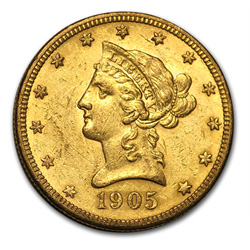
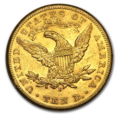





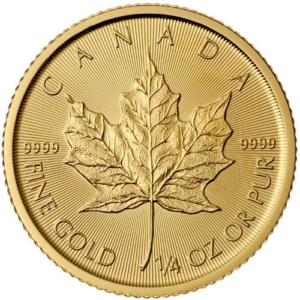
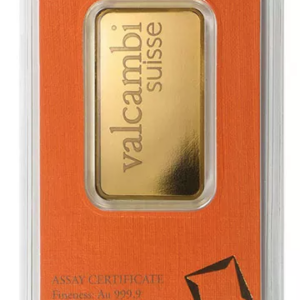
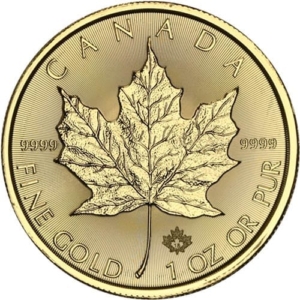
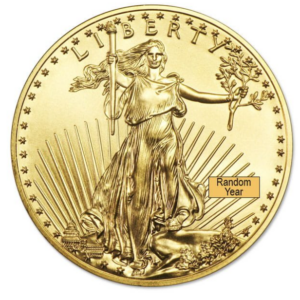

Reviews
There are no reviews yet.